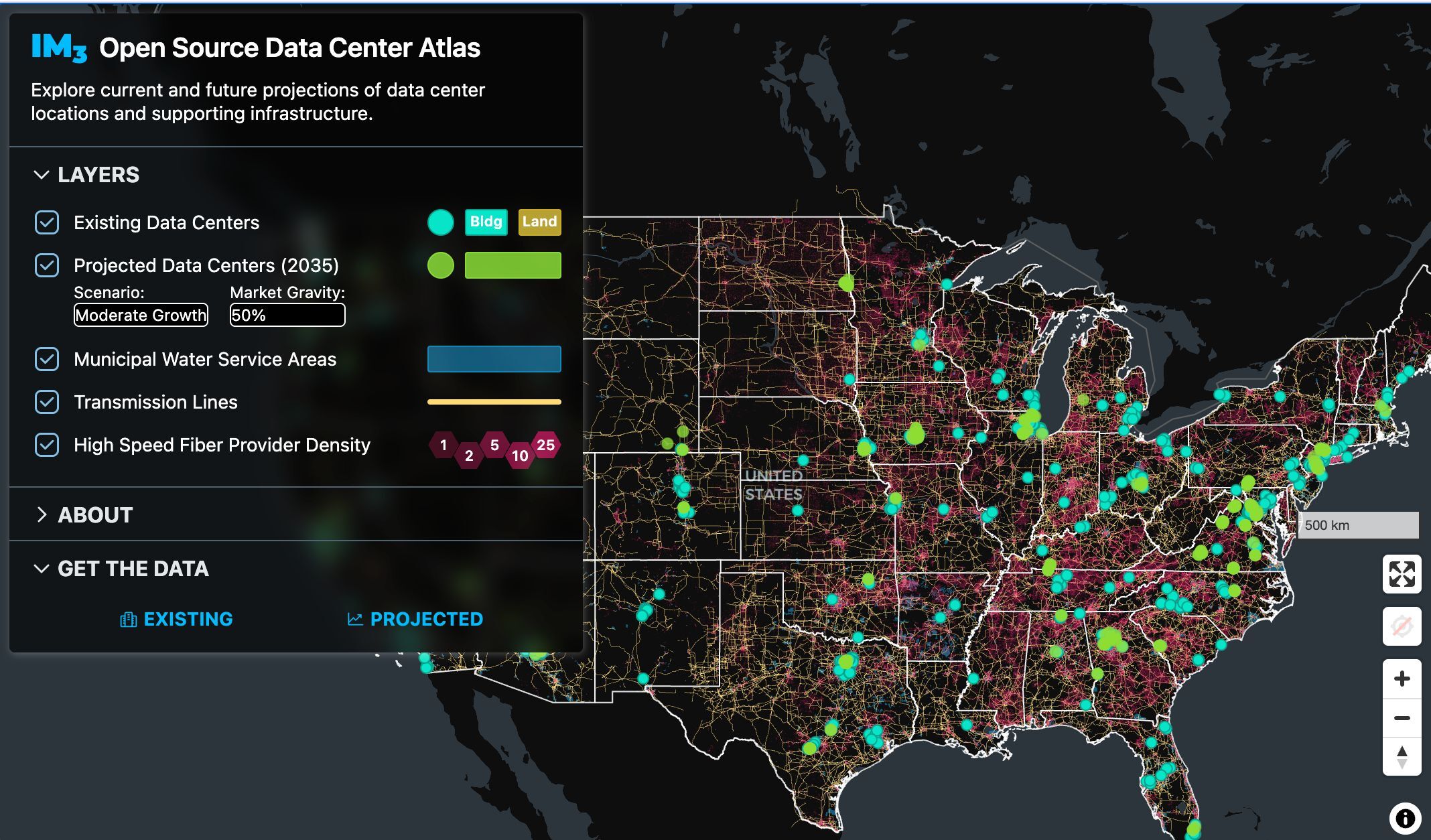EXPLORE RESEARCH TOPICS
FEATURED RESEARCH

How Future Hurricanes Could Stress Power Grids of U.S. Cities
A new analysis shows increasing frequency and intensity of hurricanes could cause more devastating interruptions to the power grid.
Researchers at Pacific Northwest National Laboratory and the Electric Power Research Institute mapped how future hurricanes could affect power supplies, allowing residents to see how vulnerable their electricity is.

Rapid Analytics for Disaster Response
When disaster strikes, assessing hazard extent and damage is the first step toward restoring community lifelines.
The Rapid Analytics for Disaster Response (RADR) software suite (RADR-Fire copyright: IPID 3247), an R&D 100 award-winning technology, is an all-hazards detection system that combines multi-modal imagery, AI, and scalable cloud computing with an infrastructure damage assessment tool to understand current impact and risk to infrastructure from wildfires, floods, hurricanes, earthquakes, and more.

IM3 Open Source Data Center Atlas
Explore the locations and supporting infrastructure of existing and projected data centers across the United States. This dashboard can be used to identify areas of concentrated data center development and inform government and private sector planning strategies for future buildout of data centers and the infrastructure necessary to support it.
